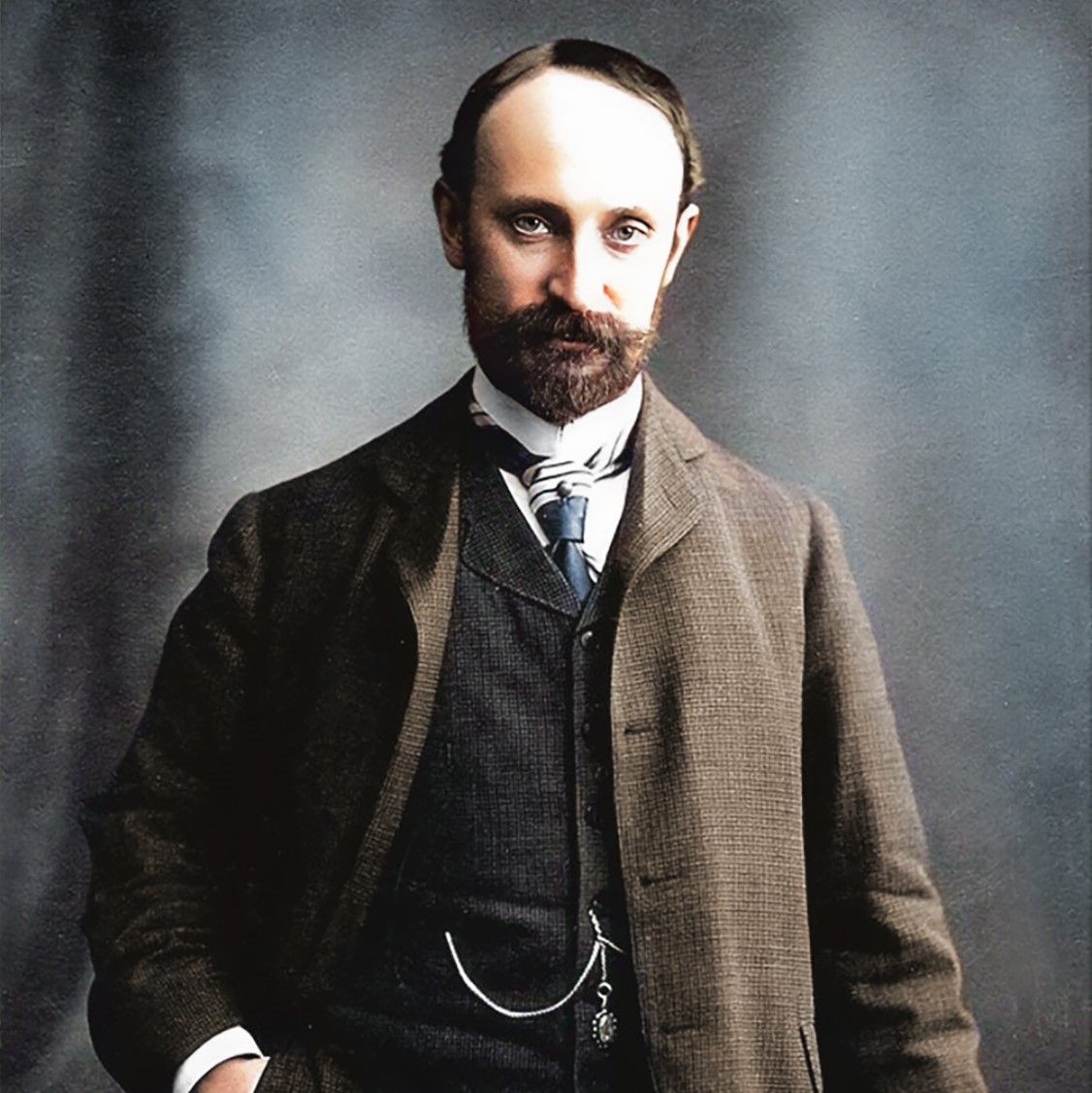
02 sie Rudolf Modrzejewski
He fulfilled his dream of becoming a virtuoso, but in the end, his instrument of choice wasn’t the piano. His designs for roads and bridges were veritable masterpieces that revealed their composer’s true genius.
He was born in 1861 in Krakow and emigrated to America at 15. After becoming a U.S. citizen and changing his name to Ralph Modjeski, he studied at the National School of Bridges and Roads in Paris. But that didn’t come easy: his first application to the school was rejected.
Dispirited, Modrzejewski decided to try his hand at classical music. But would never become the star of the world’s concert halls. Despite his best efforts to become a pianist (he even studied with the famous Polish composer Ignacy Jan Paderewski), fortune had something else in store for him. To his great relief, he was finally given a chance to study civil engineering in Paris.
He never became a composer, but he did become a bridge builder. And an impressive one, at that. Over 40 iron bridges spanning America’s greatest rivers are a testament to Modjeski’s genius and innovative approach. He pioneered the suspension bridge (which resembles, perhaps not coincidentally, the spread-out strings of a piano), using flexible steel pylons. On his 75th birthday, in 1936, someone added up the value of all the bridges he had build. The final tally came out to $200 million.
More importantly, though, Ralph Modjeski was a mentor to several generations of American bridge builders and designers. Did you know that Joseph B. Strauss, the creator of San Francisco’s Golden Gate Bridge, was a student of his?
Modjeski died in Los Angeles in 1940, leaving behind scores of monuments that continue to resist the power of the mighty American rivers.
